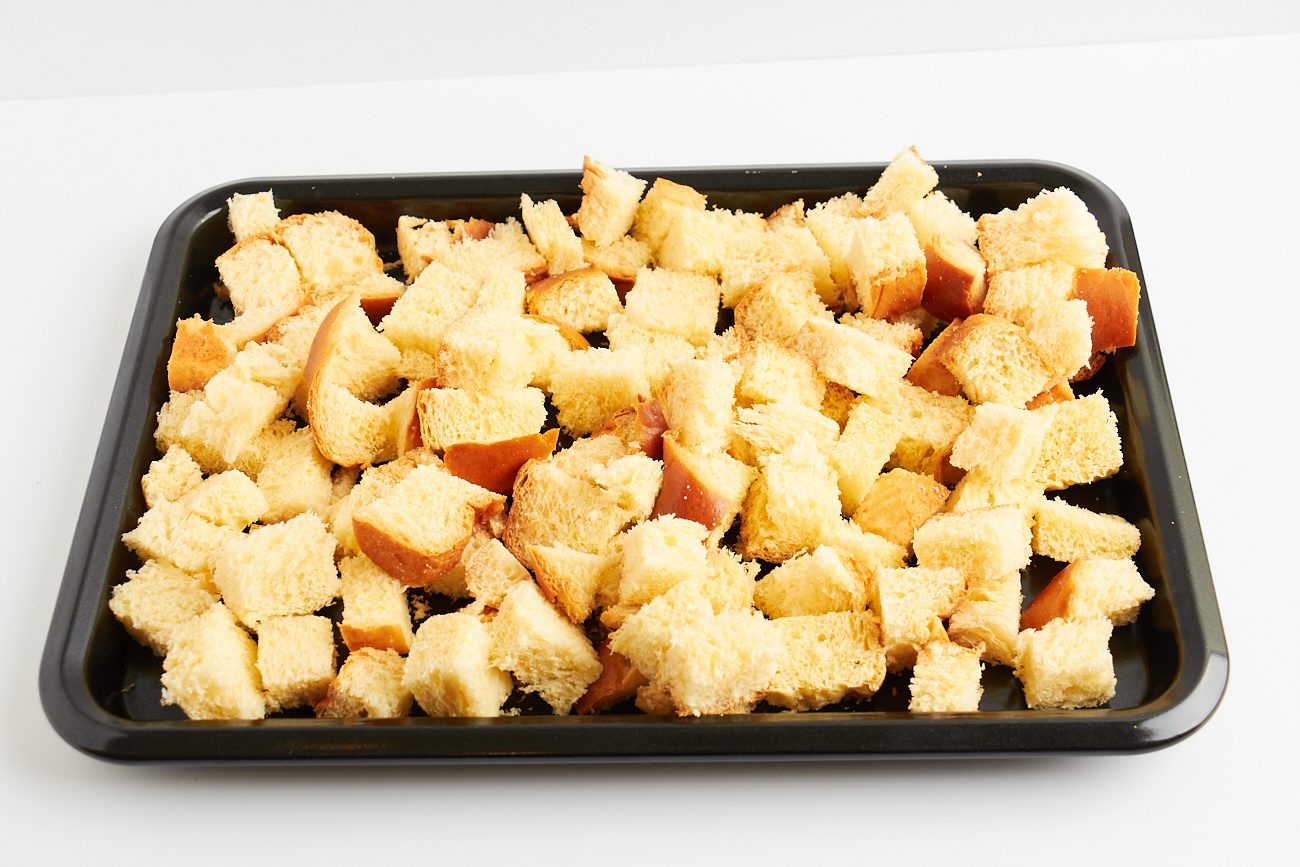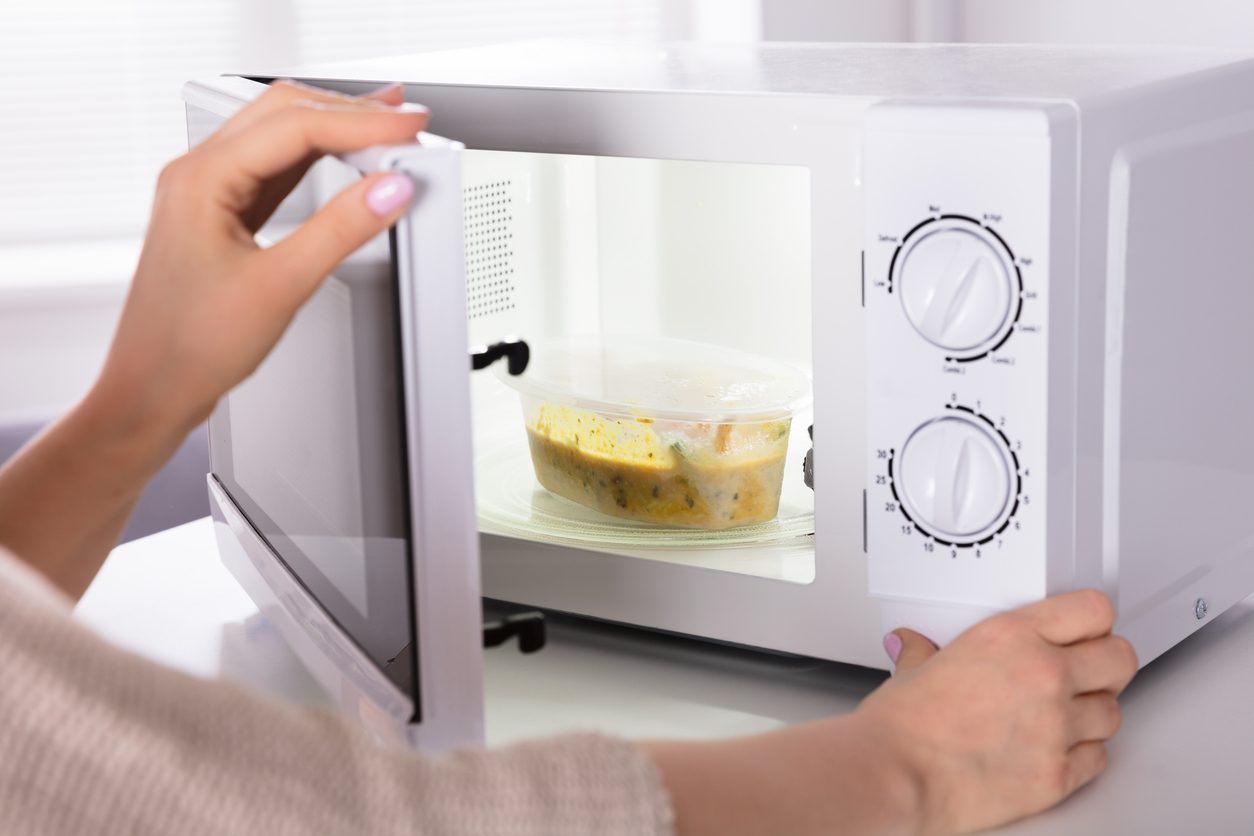Here’s Why You Should Never Use A Fresh Loaf of Bread When Making Bread Pudding
The key rule when making bread pudding is to never use a fresh loaf: fresh bread absorbs too much custard, turning the dish soggy and lacking in flavor. Stale bread, on the other hand, holds its structure and soaks in all the delicious spices. Just make sure to never use moldy bread either!
;Resize,width=742;)
As the first hint of autumn whispers through the trees, there’s a quiet collective craving that bubbles up across kitchens everywhere: pudding. Not just any pudding, mind you, but the kind that’s as cozy as a knit blanket and as warm as an open fire. Bread pudding, a true cornerstone of comfort food, emerges from the archives of our grandmothers’ kitchens, carrying with it recipes scribbled in well-loved cookbooks or tucked away in family memory. It’s the dessert that feels like home. But as ancient and sacred as this dish is, one commandment reigns supreme in all households: thou shalt not use fresh bread.
The Soft, Soggy Truth
Let’s talk texture. Bread pudding is celebrated for its ability to balance just the right amount of custard and bread in a way that doesn’t devolve into soggy chaos. Fresh bread, with all its lovely softness, is not up to the task. When you combine the tender, moisture-rich slices with your custard, they absorb far too much liquid, leaving you with a mushy mass rather than that perfectly moist-but-structured dessert you crave. You want bread that gives a little resistance, something that allows the custard to fill in the spaces without turning into what can only be described as a soupy situation. Fresh bread? It’s like a sponge that refuses to let go.

Flavor Matters, Too
Another reason to side with stale bread is the flavor—or rather, the lack thereof with fresh bread. Bread pudding works best when the bread has had time to dry out, allowing it to absorb not just the custard but also all those gorgeous flavors you’ve thrown into the mix—vanilla, cinnamon, maybe even a hint of nutmeg if you’re feeling fancy. Fresh bread, however, is still in its early, innocent stages of life. It hasn’t developed that depth that comes with aging, which means your final product will lack the rich, comforting flavors that a good bread pudding deserves. Stale bread has character; fresh bread is, well, a bit boring in comparison.
Structure Is Everything
Let’s not forget the structural integrity of your dessert. Stale bread knows how to hold its own. It doesn’t collapse at the first sign of custard, nor does it dissolve into a goopy mess. Instead, it maintains a bit of chew, a little heft, something that lets you know you’re eating a proper dessert, not a sloppy pile of pudding. Fresh bread, being the tender baby it is, simply can’t take the pressure. It gives in too soon, crumbling at the touch of a fork. So unless you’re after bread soup (and no one’s after bread soup), you need bread that’s been around the block a little longer.

What's The Ideal Stale Bread to Use?
Now, what kind of bread should you actually use? While we’ve made it clear that fresh bread is a no-go, you don’t want anything that’s crossed the line into mold territory. Green or fuzzy bread is a definite “no.” You want something that's just stale enough to have lost its youthful bounce but still dry, firm, and full of potential. Think of it as bread in its prime: sturdy, a bit rough around the edges, but still ready for action. A good-quality loaf that’s been sitting on the counter for a few days or bread that’s slightly toasted will do the trick. Just steer clear of anything moldy—your pudding deserves better.
;Resize,width=767;)
;Resize,width=712;)
;Resize,width=712;)
;Resize,width=712;)
